In 1931 a group of 24 airline pilots met in Chicago to form the first pilots’ trade union. Among their demands was improved safety because half of them were destined to die in air crashes. Take any 24 of today’s pilots – or even 24,000 of them – and it’s a safe bet they will all die peacefully in their beds.
There have been two major crashes in recent weeks, the crash of a Russian airliner outside Moscow, and the loss of an Iranian plane in a remote mountainous area. But these are exceptions in an age of increasingly safe skies. In 2017 there were no fatalities resulting from airline crashes, and EU and US statistics show phenomenally safe skies in recent years.
Statistically Russia (whose statistics are combined with those of Ukraine) has an accident rate per million departures higher than the world average, and three times worse than the EU. A total of 624 people have died in air crashes since 1998 although 298 of those are accounted for by the Malaysian jet shot down over the Ukraine in 2014. Russian aircraft are not as reliable as Western aircraft.
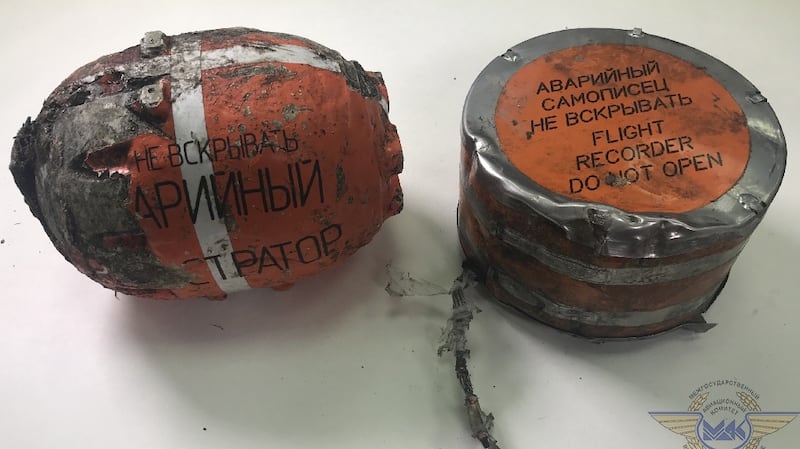
Iran is a sad case when it comes to air safety: there have been 93 airliner accidents since 2008 and 676 aviation deaths, not including those who died in that country’s latest air disaster. Although a number of Boeing and Airbus aircraft are on order, sanctions have meant Iranian airlines are mostly flying unreliable older aircraft that should have been retired long ago. A shortage of spares adds to the problem.
Residual anxieties
Compared with the past two years, accident statistics in the early years of passenger flight were so bad, it is a wonder that aviation was allowed to progress at all. Play a word association game involving the word “aircraft” and it’s not long before the word “crash” is deployed, so strong are the residual anxieties about flying.
But when more recent statistics are analysed flying goes straight to pole position in the ranking of the safest means of getting from A to B (and back again). It’s also far safer than entering hospital: a 1999 US study suggested 98,000 deaths a year were caused by medical error. A more recent study suggests it could be three times as much, and doctors are increasingly looking to aviation for ways of making medicine safer.
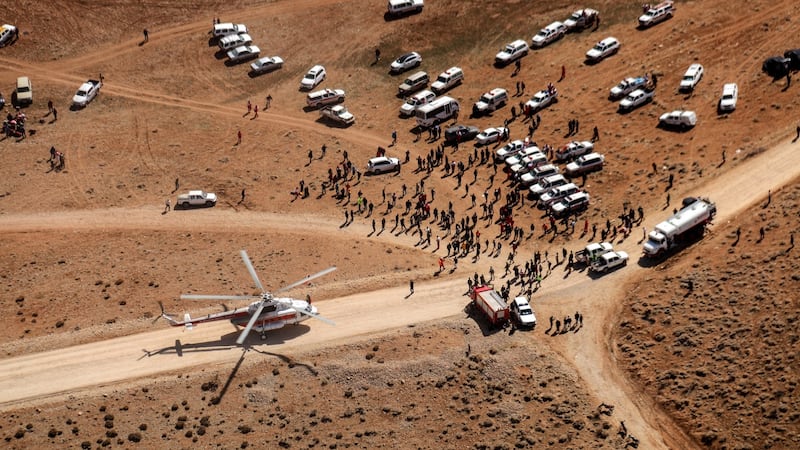
The EU is now probably the safest region of the world in which to fly, with an air accident rate one third that of the US which has the world’s second lowest rate of airliner accidents.
Over the years major causes of air accidents have been more or less eliminated. Take weather, for example. Fog, strong winds and icing have habitually been leading contributors to air accidents.
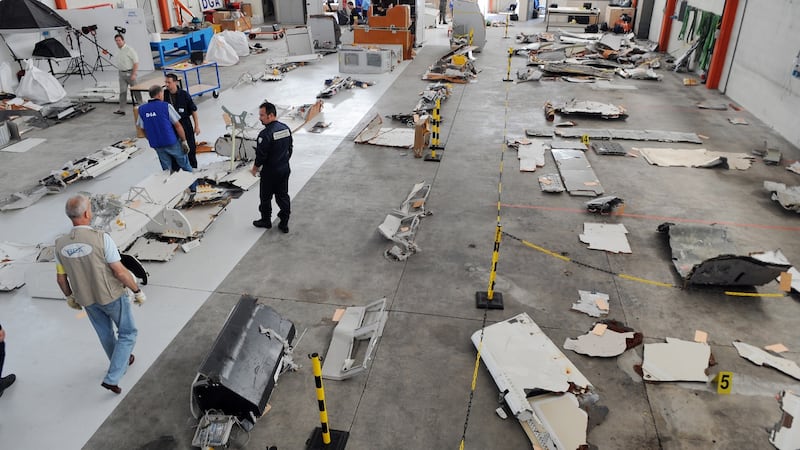
Fog was a major contributory factor in the world’s deadliest air crash when two Boeing 747 “Jumbos” collided at Rodeos Airport, Tenerife, killing 583 in 1977. One of the aircraft, belonging to KLM, prematurely started its takeoff roll in fog while a Pan Am jet was still taxiing down the runway towards it. But confused communications, between both aircraft and the tower, and between the cockpit crew aboard the KLM jet, were also major factors.
Fog-related crashes are a relative rarity nowadays although the last fatal airline crash in Ireland, the 2011 crash of a Manx2 Metroliner, which killed six, resulted from a pilot’s decision to press on with a landing attempt despite severe fog at Cork Airport.
The development of more powerful jet engines in the 1960s led to a false belief among pilots that their aircraft could effectively punch their way through storms that could disable an older generation of aircraft powered by radial engines with propellers. Two serious accidents ensued after storms effectively dismantled jets in midair.
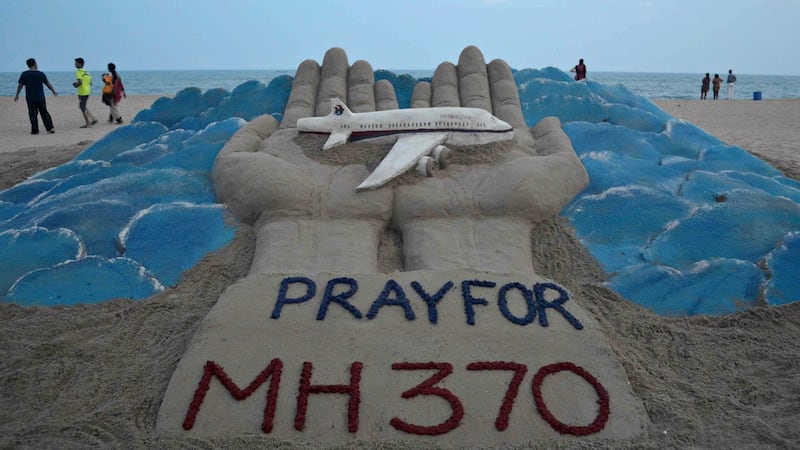
A Braniff BAC 1-11 was torn apart when it unwisely entered a front of severe thunderstorms on a flight from Kansas to Omaha, Nebraska in 1966. Only a few months earlier a British Overseas Airways Corporation Boeing 707 was ripped asunder when its captain flew too close to a severe windstorm near Mount Fuji so his passengers could get a close-up view of Japan’s sacred mountain.
Until 1985 at least one US airliner crashed every 18 months, while either taking off or landing when passing through thunderstorms. They were routinely blamed on either pilot error or lightning strikes until Prof Ted Fujita, a meteorologist at the University of Chicago, discovered the phenomenon known as a microburst, a powerful downdraft of air which, close to the ground, created a sudden reversal of wind direction known as wind shear.
Instead of flying into a headwind, a pilot suddenly found he was in a tailwind which often led to a fatal stall.
New equipment that could detect wind shear was installed at most major airports worldwide, and wind shear crashes became a rarity rather than regular occurrences.
Fell out of the sky
Another type of unexplained crash persisted into the 1990s and again, pilots were often blamed when their turboprop aircraft quite literally fell out of the sky. Although they often displayed a stall behaviour similar to that which can befall an iced up aircraft, these planes were equipped with mechanical rubber leading edges on the wings which, when inflated and deflated, should have been able to crack off any ice that formed.
However, just as Prof Fujita had discovered microbursts, scientists at the National Council for Atmospheric Research in the 1990s realised that, contrary to accepted wisdom, some forms of drizzle, called supercooled drizzle drops, could persist in a rain-like state despite being colder than freezing.
Such water droplets could then flow several inches past the de-icing mechanism before rapidly forming a frozen ridge which disturbed the airflow over the wing and caused a stall. (Jets, which have the surplus power to heat parts of their wings, were not affected to the same degree).
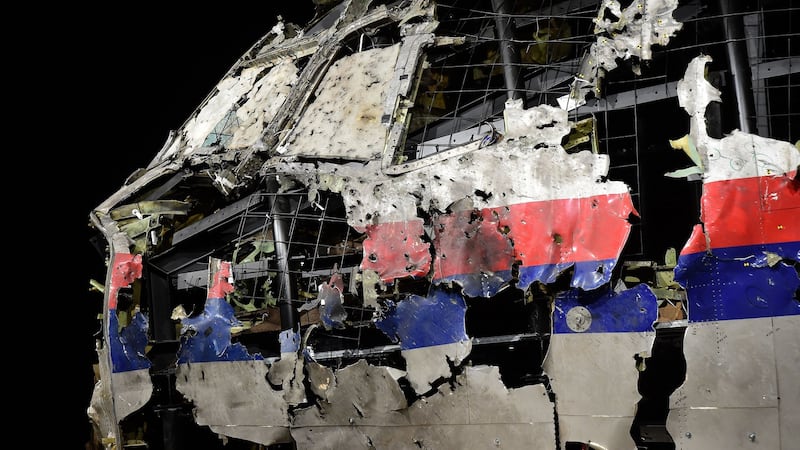
While turboprops, including Aer Arann's fleet of ATR-42 and 72 aircraft were modified to combat this threat, icing continued to strike aircraft in other ways. The chain of events which led to the 2009 Air France Flight 447 tragedy, in which three young Irish doctors were among the 228 killed, was initiated by the airspeed sensors on the fuselage being suddenly overwhelmed by ice.
When the autopilot tripped out, the confused pilots failed to regain control and the aircraft crashed into the Atlantic.
Thorough investigation of these and other crashes led, in most cases, to new rules or procedures, and the redesign of aircraft and aircraft components to make flying safer. They also resulted in new additions to the checklists which pilots are required to read to each other at various stages of the flight. Checklists have been credited with steadily reducing the numbers of accidents and helping to reduce aviation’s historically horrible death toll to almost zero in the EU and the USA.
One good sign coming through the improved air accident statistics is an end to the depressing repetition of types of crash, like icing and wind shear. An outstanding feature of the triggers to more recent air crashes has been their uniqueness, in other words, they had rarely, if ever, happened before. I use the word triggered, not caused; many of these issues were relatively minor and, in the normal course of events should not have caused a crash.
Confusion
For example two Ryanair pilots flying to Riga in 2012 were faced with the same sort of dilemma that occurred to the Air France 447 pilots, the failure of an airspeed sensor which led to conflicting speed readings leading to the autopilot switching itself off. But while the Ryanair pilots worked out which of their dials was giving the aircraft’s true speed and landed safely, confusion on the Air France flight deck led to disaster.
While the aircraft are becoming much more reliable, the same cannot always be said of the people who fly them
The crash of an Air Asia Airbus 320 killing 162 in 2014 was similar; failure of a relatively minor component led to massive confusion on the flightdeck. At one stage one of the Air Asia pilots was commanding the aircraft to climb while the other made it descend.
So, while the aircraft are becoming much more reliable, the same cannot always be said of the people who fly them. Indeed the last crash in EU skies, that of a Germanwings Boeing 737 in 2015, was caused by a deranged pilot who deliberately flew it into a French mountain.
But as we saw in Air France 447 and the Air Asia crash just mentioned, pilots don’t have to be deranged to crash aircraft, just human. Pilot error is blamed for 70 per cent of crashes.
Captain "Sully" Sullenberger, who in 2009 amazingly landed his crippled Airbus on the Hudson River in New York without loss of life after a collision with geese destroyed both his engines, has repeatedly complained that automation and computerisation of aircraft controls has led to a new generation of pilots unskilled in traditional "stick 'n' rudder" flying. They are, he says, relatively helpless when their computerised flightdecks shut down.
Undoubtedly Sullenberger is exaggerating but so-called human factors on the flight deck were never as important as they are today which is why issues like fatigue have grown in importance. A very tired pilot can have the performance ability of a drunk and be incapable of making quick, correct decisions when things go wrong.









